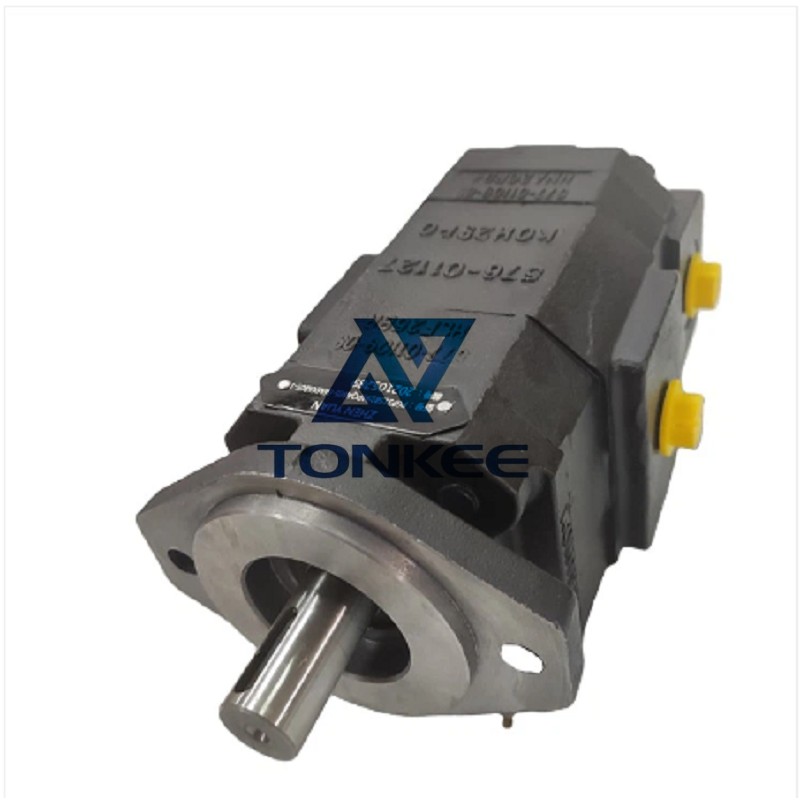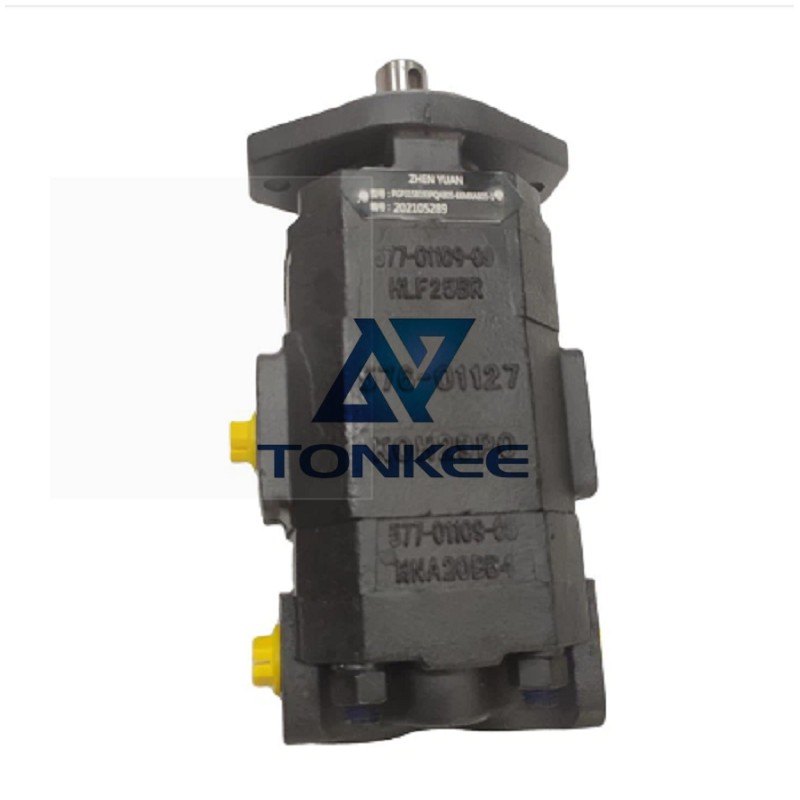
The PGP315B193PQAB05-66MXAB05-1 /326 9121 087 hydraulic gear pump boasts several key specifications that contribute to its outstanding performance.
Firstly, it features a displacement of 326 cubic centimeters per revolution, indicating the volume of fluid it can deliver with each revolution of its gears. This displacement capacity ensures an adequate flow rate for various hydraulic systems.
The pump is equipped with a robust and durable construction, making use of high-quality materials to ensure longevity and resistance to wear and tear. The housing is typically made of cast iron or aluminum alloy, providing strength and protection against external forces. Additionally, the gears are precision-engineered and manufactured to minimize friction and maximize efficiency.
The hydraulic gear pump operates based on the principle of positive displacement. It consists of two meshing gears—a drive gear and an idler gear—which rotate in opposite directions within a tight-fitting housing. As the gears rotate, they trap the hydraulic fluid between their teeth and the pump housing. This trapped fluid is then carried from the suction side to the discharge side of the pump, resulting in a continuous flow.
One of the notable advantages of the PGP315B193PQAB05-66MXAB05-1 /326 9121 087 hydraulic gear pump is its ability to deliver high-pressure output.
It can generate pressures up to 3000 pounds per square inch (psi) or more, depending on the specific model and configuration. This makes it suitable for applications that require substantial force, such as powering hydraulic cylinders or actuating heavy machinery.
Another significant feature of this gear pump is its self-priming capability. It can draw fluid from a reservoir or sump without the need for additional priming mechanisms. This simplifies the installation process and improves operational efficiency, particularly in situations where the pump is located below the fluid level.
Furthermore, the PGP315B193PQAB05-66MXAB05-1 /326 9121 087 hydraulic gear pump operates with low noise levels, ensuring a quieter working environment. It achieves this through precise engineering and careful attention to the tolerances and clearances between the rotating components, resulting in reduced vibration and noise emissions.


















